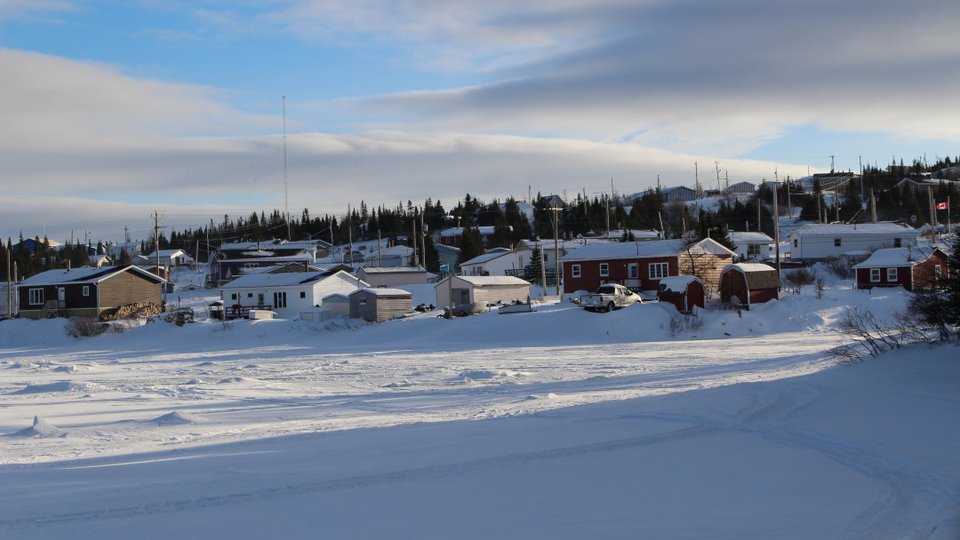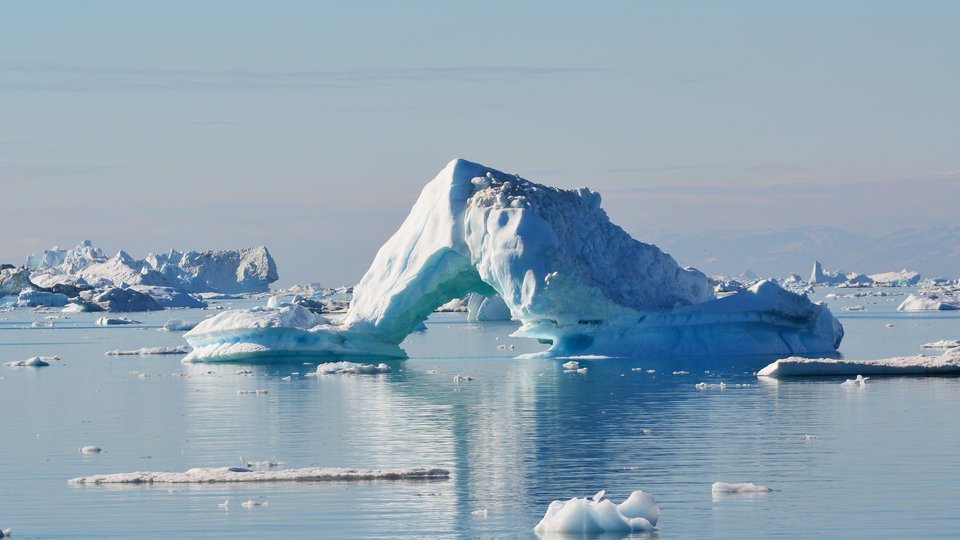
he Arctic is warming more rapidly than many other regions of the world, leading to melting sea ice and changes to the Arctic’s marine ecosystem and unique biodiversity which makes its home in the sea ice environment. Yet many of the processes leading to rapid climate change in the region are not fully understood.
It has long been known that pollution produced from emissions at mid-latitudes can be transported to the Arctic, resulting in a seasonal phenomenon known as Arctic Haze – a persistent brownish haze that has been observed since the early days of Arctic exploration in the late 19th century. However, there are still many uncertainties about the composition and origin of Arctic pollution throughout the troposphere, including seasonal changes in the observed amount of aerosols in the atmosphere, the origin of black carbon (soot) observed on snow and ice, and the chemical processes controlling levels of ozone.
A new synthesis (Law et al., 2014) published in the Bulletin of the American Meteorological Society (BAMS) takes a closer look at the origins and composition of air pollution transported to the Arctic, highlighting findings from the 2006 – 2014 international POLARCAT* project, an activity of the International Global Atmospheric Chemistry (IGAC) project and International Polar Year (IPY).
POLARCAT combined aircraft, ship and ground-based field research, providing a wealth of data on the concentrations and sources of short-lived climate pollutants – including black carbon, methane and ozone – in the Arctic, and resulting in over 85 published papers. Findings from the POLARCAT activities centre on the origins and transport of pollution to the Arctic, processes governing aerosol composition and their impact on climate, chemical processes governing tropospheric ozone, and the role of boreal forest fires compared to anthropogenic pollution. Analysis of these findings suggests that agricultural and boreal forest fires in Eurasia, and anthropogenic emissions from East Asia, were important contributors to aerosols and trace gases like ozone and methane recorded over the Arctic during the observation period. Fires were the main source of organic aerosols during the spring months, whereas pollution from Asia was the main source of sulfate. Black carbon originated from both sources.
In the future, global change is likely to lead to increased resource exploitation in the Arctic, and with that, increased emissions of short-lived climate pollutants in the region. Pollutant emissions in the developed and developing world will also change, with expected declines in North America and Europe, and increases in eastern and southern Asia. Activities like POLARCAT are helping to better understand the composition, sources and transport of these pollutants, which can aid the development of climate models and better project future change and its consequences. Moving forward, a new IGAC-sponsored international initiative on Arctic air pollution is being developed with a broader focus, including impacts on human and natural systems as well as on climate.
POLARCAT was coordinated by Andreas Stohl (NILU) and Kathy Law (LATMOS/CNRS/UPMC/UVSQ). It was co-sponsored by the International Global Atmospheric Chemistry (IGAC) and Integrated Land Ecosystem–Atmosphere Processes Study (iLEAPS) core projects of the International Geosphere-Biosphere Programme (IGBP) and the Stratosphere–Troposphere Processes and Their Role in Climate (SPARC) project of the World Climate Research Programme (WCRP). Several research and observations agencies from around the world contributed to the initiative, including NOAA, NASA, ANR, CNRS, CNES, DLR and the Norwegian Research Council.
* Polar Study using Aircraft, Remote Sensing, Surface Measurements and Models, Climate, Chemistry, Aerosols and Transport
References
Law, K. et al. ‘Arctic Air Pollution: New Insights from POLARCAT – IPY’, Bulletin of the American Meteorological Society (BAMS), American Meteorological Society, 2014, 95, pp.1873-1895. doi: http://dx.doi.org/10.1175/BAMS-D-13-00017.1





